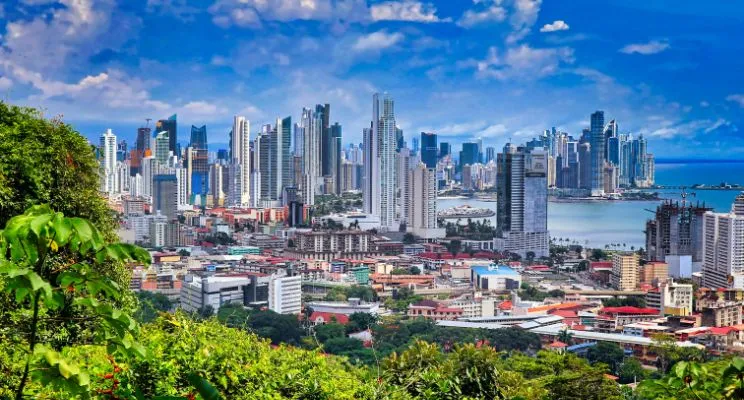Introdução
Wind turbines, also known as windmills, are devices that convert wind energy into electricity. They are a sustainable and renewable source of energy that has gained popularity in recent years due to their environmental benefits. In this glossary, we will explore what wind turbines are, how they work, their benefits, and their impact on the environment.
What are Wind Turbines?
Wind turbines are tall structures with large blades that are mounted on a tower. These blades capture the kinetic energy of the wind and convert it into mechanical energy. This mechanical energy is then converted into electricity through a generator. Wind turbines come in various sizes, from small residential turbines to large commercial turbines that can power entire cities.
How Do Wind Turbines Work?
When the wind blows, it causes the blades of the wind turbine to rotate. This rotation drives a shaft connected to a generator, which produces electricity. The electricity generated is then fed into the power grid or stored in batteries for later use. Wind turbines are designed to capture the maximum amount of wind energy and convert it into electricity efficiently.
Types of Wind Turbines
There are two main types of wind turbines: horizontal-axis turbines and vertical-axis turbines. Horizontal-axis turbines are the most common type and have blades that rotate around a horizontal axis. Vertical-axis turbines, on the other hand, have blades that rotate around a vertical axis. Each type has its own advantages and disadvantages, depending on the location and wind conditions.
Benefits of Wind Turbines
One of the main benefits of wind turbines is that they produce clean and renewable energy. Unlike fossil fuels, wind energy does not produce greenhouse gas emissions or air pollutants. Wind turbines also help reduce our dependence on non-renewable energy sources and contribute to energy security. Additionally, wind energy is abundant and free, making it a cost-effective solution for generating electricity.
Environmental Impact of Wind Turbines
While wind turbines are a clean source of energy, they do have some environmental impact. The construction and installation of wind turbines can disrupt local ecosystems and wildlife habitats. Additionally, the noise and visual impact of wind turbines can affect nearby residents. However, these impacts can be minimized through proper siting and mitigation measures.
Future of Wind Turbines
The future of wind turbines looks promising, with advancements in technology and increasing demand for clean energy. Researchers are working on improving the efficiency and reliability of wind turbines, as well as exploring new designs and materials. As the cost of wind energy continues to decrease, wind turbines are expected to play a significant role in the transition to a sustainable energy future.
Conclusion
In conclusion, wind turbines are a sustainable and renewable source of energy that has the potential to power our world for generations to come. By harnessing the power of the wind, we can reduce our reliance on fossil fuels and mitigate the impacts of climate change. With continued innovation and investment in wind energy, we can create a cleaner and greener future for all.









